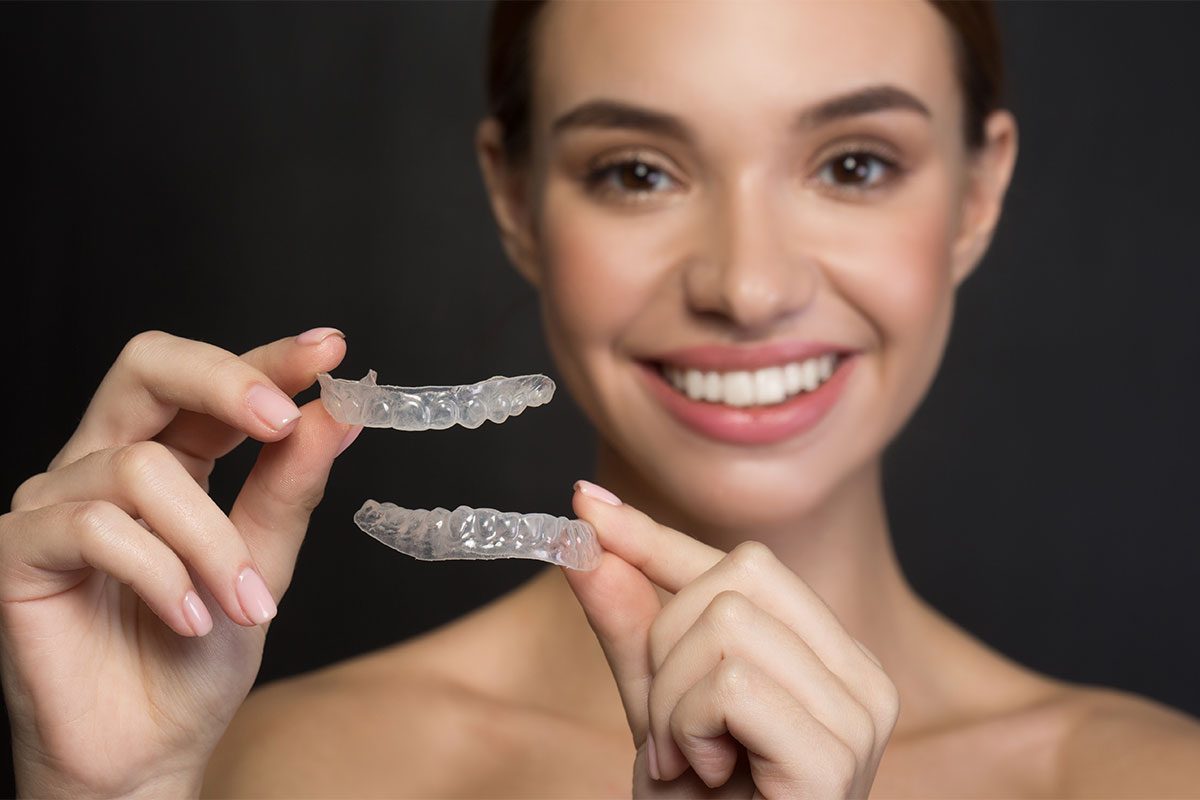You may not know, but millions of the population live with jaw pain on any given day. Chronic jaw pain can make it difficult to live out your everyday life. Patients can oftentimes not realize that the jaw pain they experience is a symptom that requires professional attention. If you suffer from clicking, popping, and locking joints, this can be an indication of the deterioration of the joint condyle. At Toothworks we want to make sure that our patients can realize symptoms that they are experiencing, and give our Calgary, AB, office a call if they are worried about any kind of dental condition. With this article, we will be discussing TMJ, that way you can know if you need to visit our Calgary, AB, office sooner rather than later.
How We Treat TMJ Dysfunction
To determine the best type of treatment that will work for you and your circumstances, it is best that you receive a comprehensive evaluation. Below are all of the options available, so you can work in also making a choice that is best for you.
Occlusal Splint Therapy
This particular type of therapy is a non-invasive splint therapy that helps reduce jaw dysfunction by providing guidance for the resting position of the job. A splint, also known as a night guard, provides a barrier between the upper and lower shots to prevent any kind of damage that can occur during the sleeping hours.
Replacing Missing Teeth
Sometimes the best way to treat TMJ is by replacing missing teeth to restore the integrity and health of your bite.
Orthodontics
Sometimes the shifting of teeth can misaligned the jaw and keep your teeth from coming together correctly. A simple visit to the orthodontist, in a solution provided by him or her can drastically help your TMJ disorder.
Equilibration
Sometimes teeth and dental restorations can create a situation in which your teeth do not come together properly. Tiny adjustments to crowns, fillings, or even the surfaces of your teeth can drastically change TMJ.
Treating TMJ in Calgary
As stated above, we at
Toothworks in Calgary, AB, are dedicated to helping our patients with any dental condition they may have. If you are currently suffering from jaw pain and would like a consultation, feel free to contact us and we would be more than happy to set up an appointment.
Continue reading “Jaw Pain? It Might be TMJ…” 













